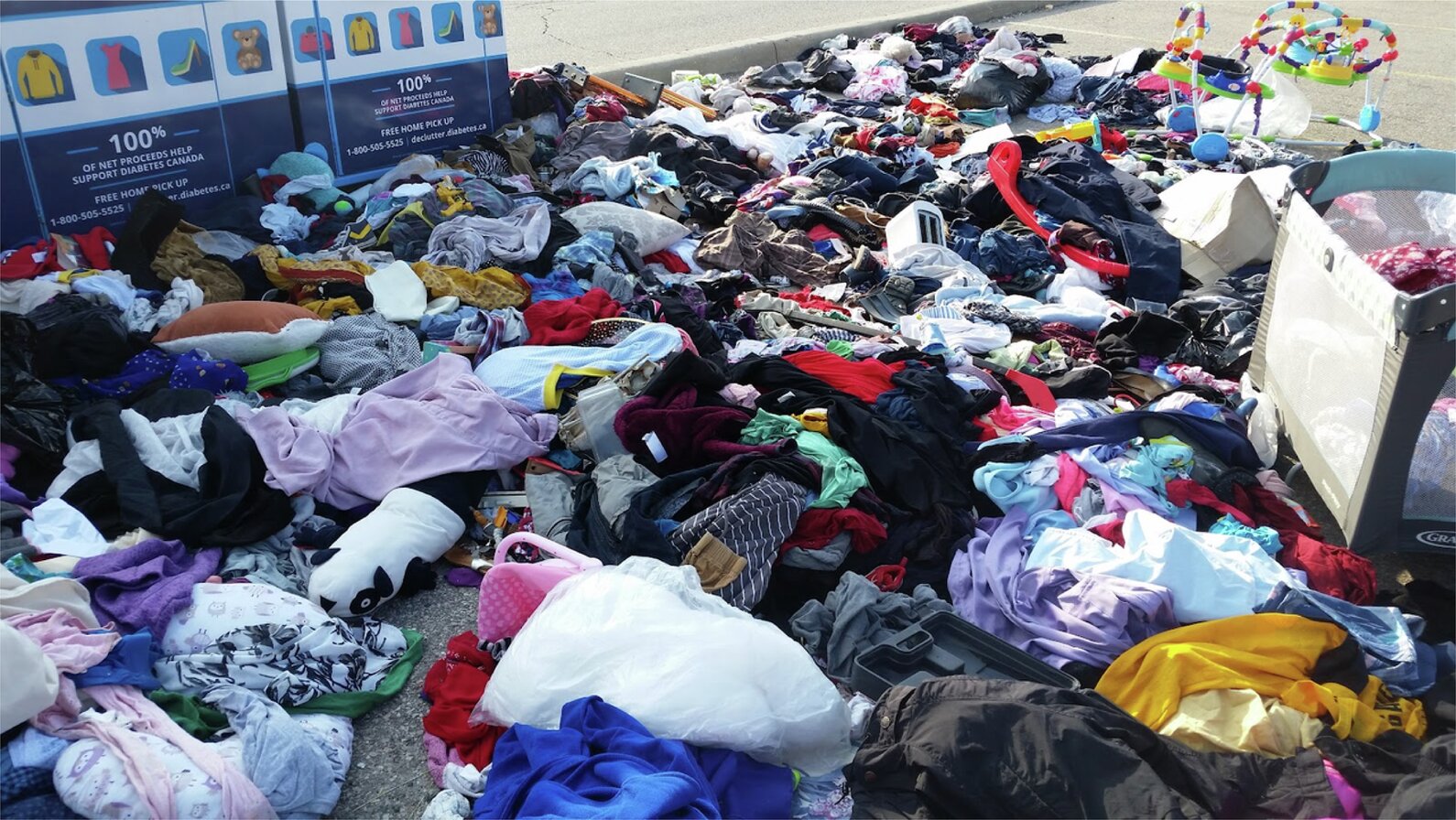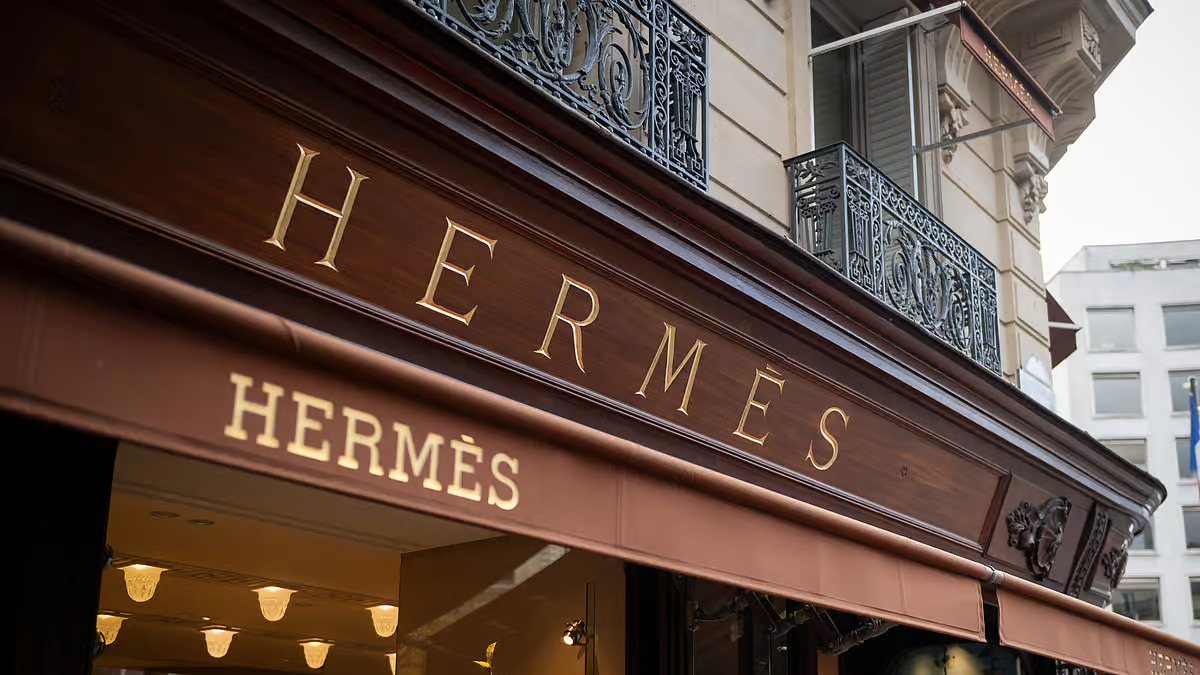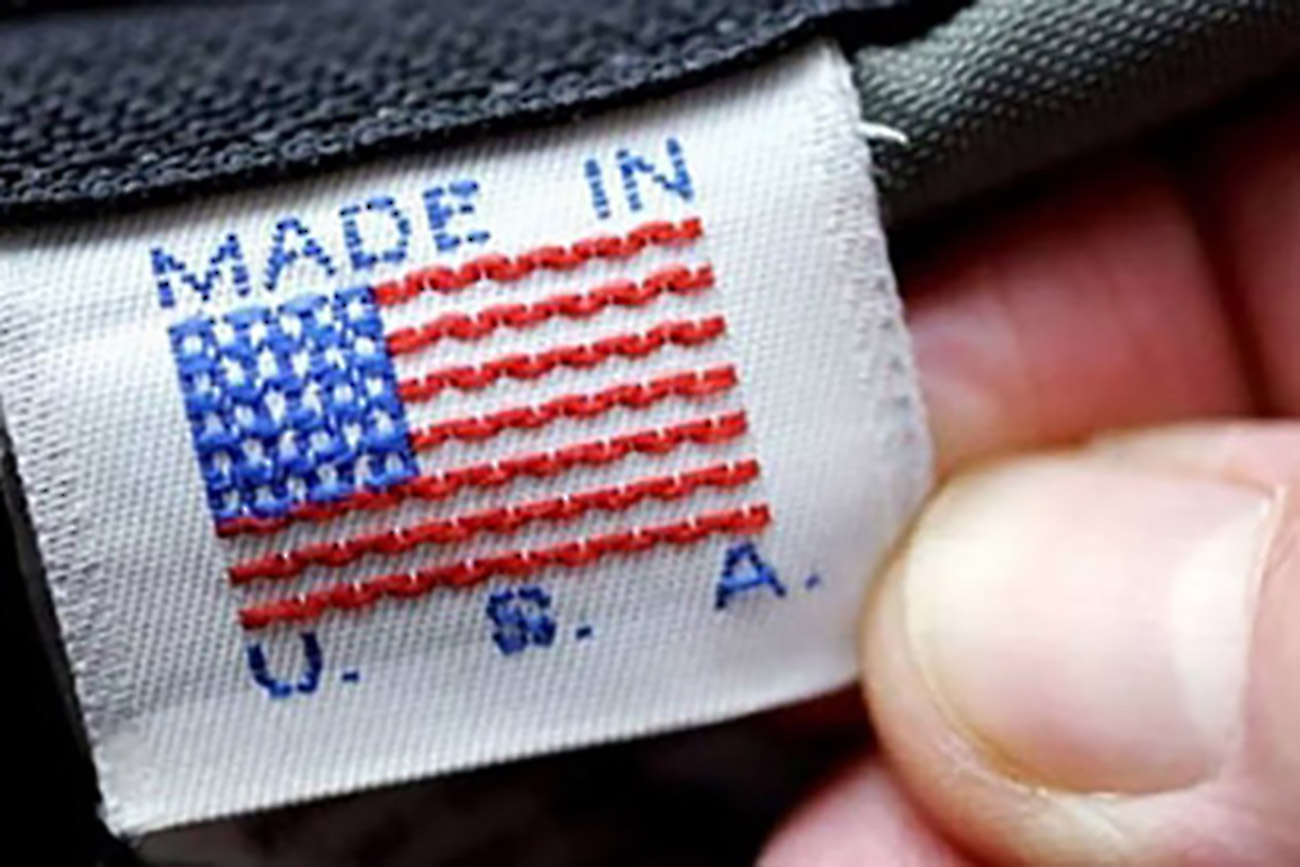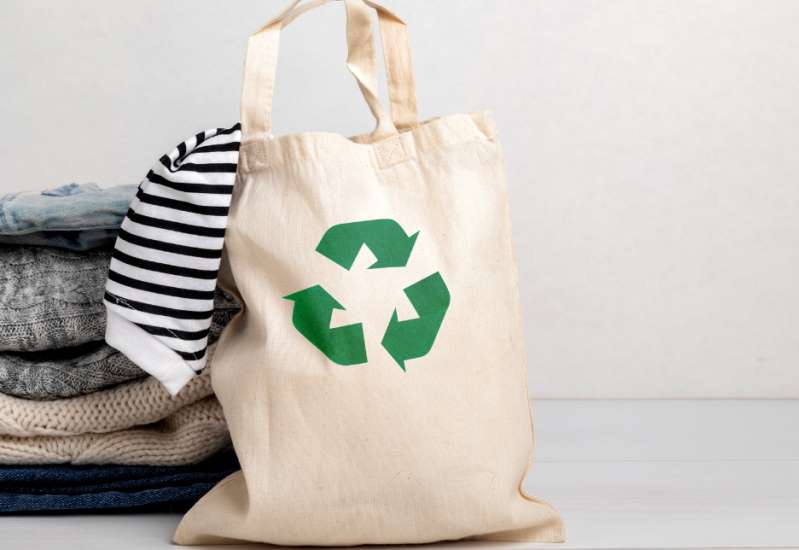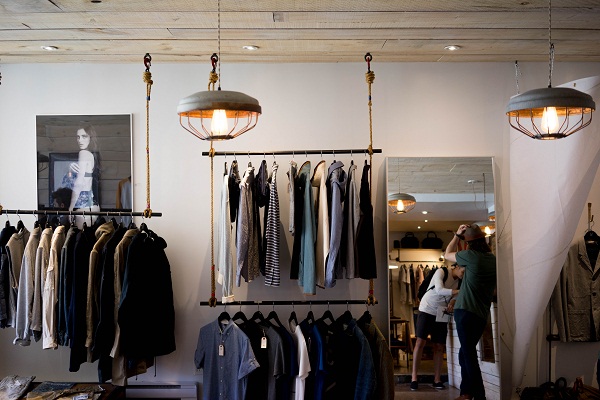
Conducted between October 21 and 31 2022 with 50 retail executives working in the US, the Deloitte study indicates retailers can expect positive growth and profitability even during inflationary period. The study has been particularly insightful on how retailers can confidently build on their resiliency and make a good year of 2023.
Inflationary pressures on retail
So far the biggest confidence-downer has been a constant parade of changes and almost all retail executives expect inflation to pressure their profit margins. They’re also predicting hard times for consumers, with nearly all anticipating diminished consumption in 2023, resulting from rising financial concerns. Sixty per cent of the respondents feel that due to the ongoing inflation, operational costs have to be raised. Almost 80 per cent respondents stated they predict a sizeable drop in consumption as the US and many parts of the world enter or deep in recession.
However, 2020 to 2022 has been a learning curve for retailers as they realised a shift from archaic retailing models had to change and the price would in many cases trump loyalty. Moreover, it has now been well established that consumers opt for the best price and the most seamless shopping experience. Three economic trends as indicated by these 50 top American retail executives is a good picture of the year ahead.
To begin with, as the economy continues to slow down, retail growth will be restrained. The GDP forecast for the US in 2023 is expected at 0.9 per cent growth, a sharp drop from 2 per cent in 2022. Deloitte has predicted a 35 per cent chance of the US slipping in to recession this year which would lead to a contracting economy and higher unemployment. Secondly, inflation has lowered consumers' purchasing power. Whilst nominal average weekly earnings have increased by 8.3 per cent since December 2020, real earnings have fallen 5 per cent and this is bound to affect consumer demand and therefore, retail sales volume.
Thirdly, consumer spending on services has been picking up steadily as consumers return to bars and restaurants, take vacations, and enjoy sporting events as they did before the pandemic. To some extent, consumers are dipping into their savings to make up for what they missed during 2020-2021. The personal saving rate is now at 3.1 per cent, much lower than pre-pandemic levels. A shift in spending to services will therefore weigh on retail sales at stores selling consumer goods. To meet these challenges, some key strategies are being considered by retailers who are future-thinking things through.
A smooth supply chain up to the end
Almost 70 per cent respondents expressed confidence in providing a seamless customer experience across channels. To achieve this, retailers should consider creating more profitable last-mile delivery solutions by investing in automated micro-fulfillment centers (MFCs). MFCs can increase storage capacity and throughput rate (filling orders for multiple store) and create efficiencies by freeing up employees who otherwise would be picking orders. MFCs are particularly attractive given they can expand the range of same-day and next-day services retailers can potentially reach.
The omnipotent omnichannel
Reverse logistics will translate to an opportunity to save a sale. Retailers should take advantage of in-store reverse logistics capabilities. In-person returns satisfy customers' desire for immediate credit while reducing expenses for mailed return delivery. And with the growing popularity of return bars that are stores that pack and ship returns for partnering retailer, there is an opportunity to drive additional store traffic and expand the footprint of their client base, an ideal situation during inflationary times. Recent data suggests retailers participating in return bars save over 20 per cent in processing costs.
Digital capabilities
The cost of acquiring a new customer can be up to six to seven times more than retaining old customers and social commerce can help reinforce existing customer loyalty. Retailers should invest in technologies to provide a seamless purchasing experience within social channels and shoppable media to nudge users toward purchases and create loyalty. Enabling shoppable tags with product information, embedding the brand website into the social media app, and enabling in-app transactions can help reduce friction on the shopping journey.



